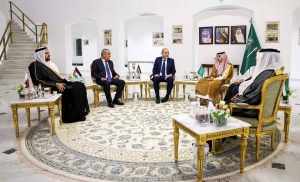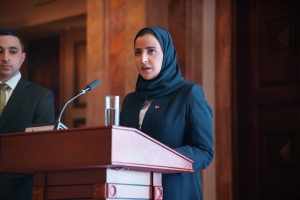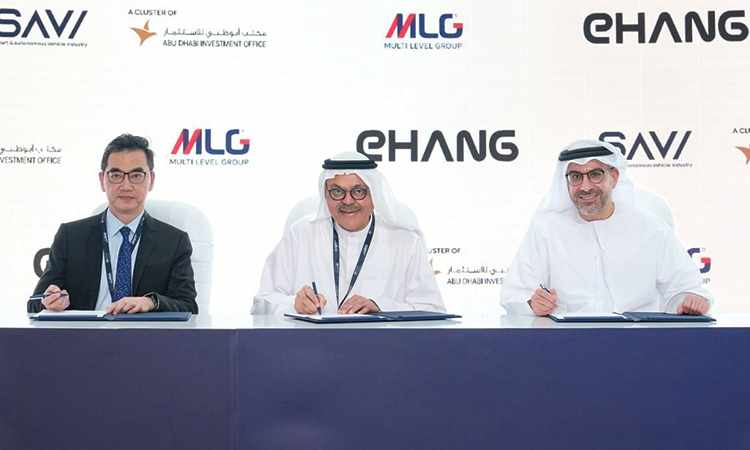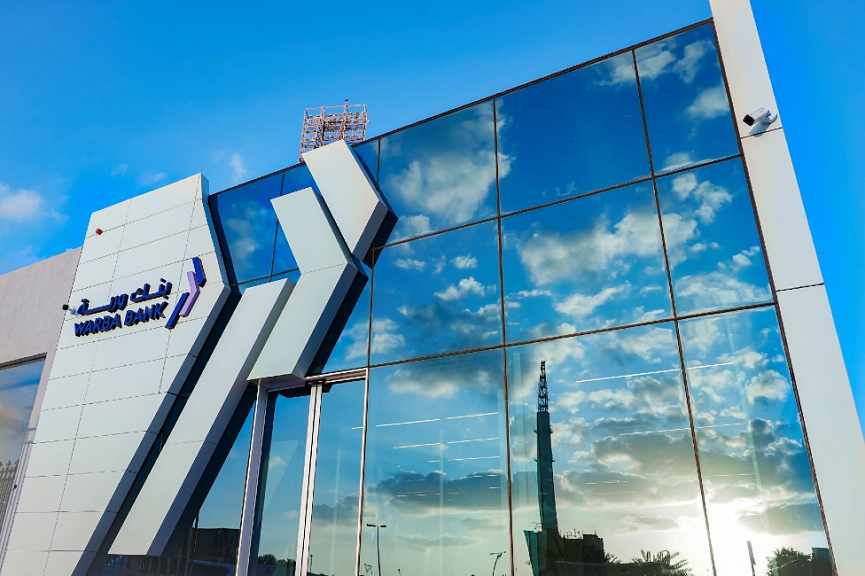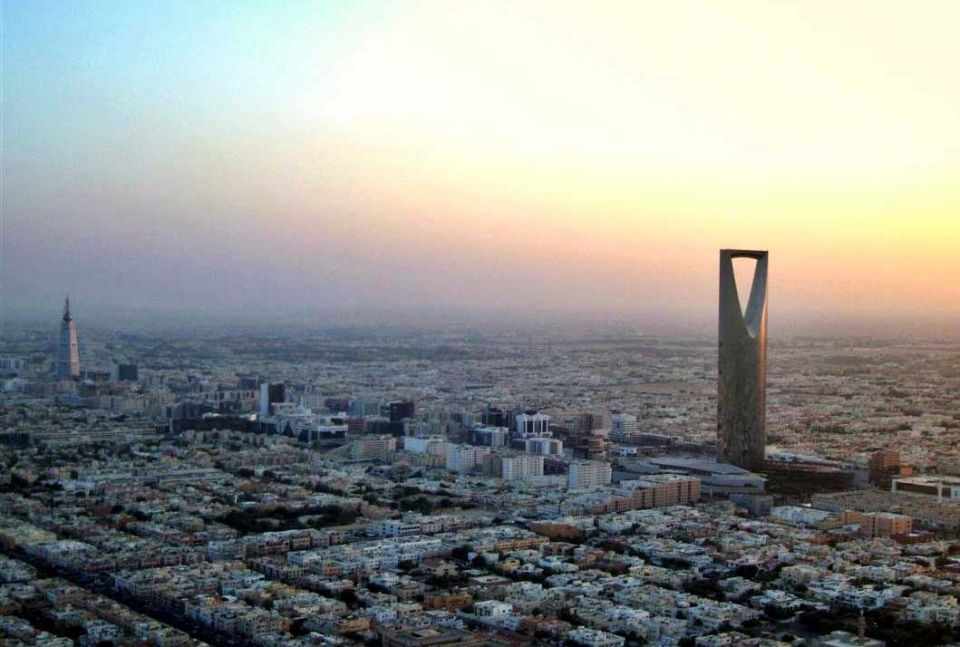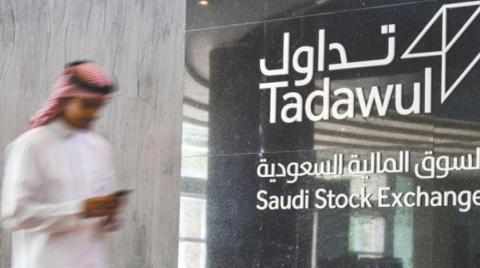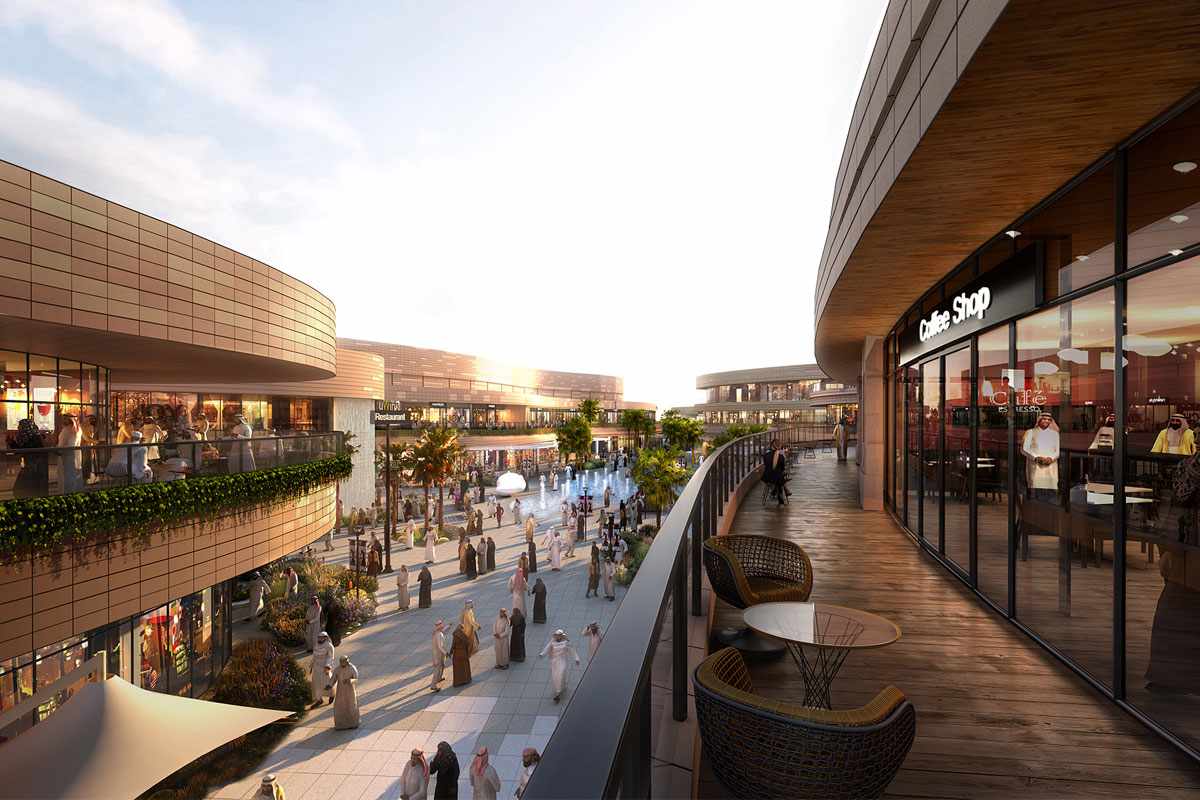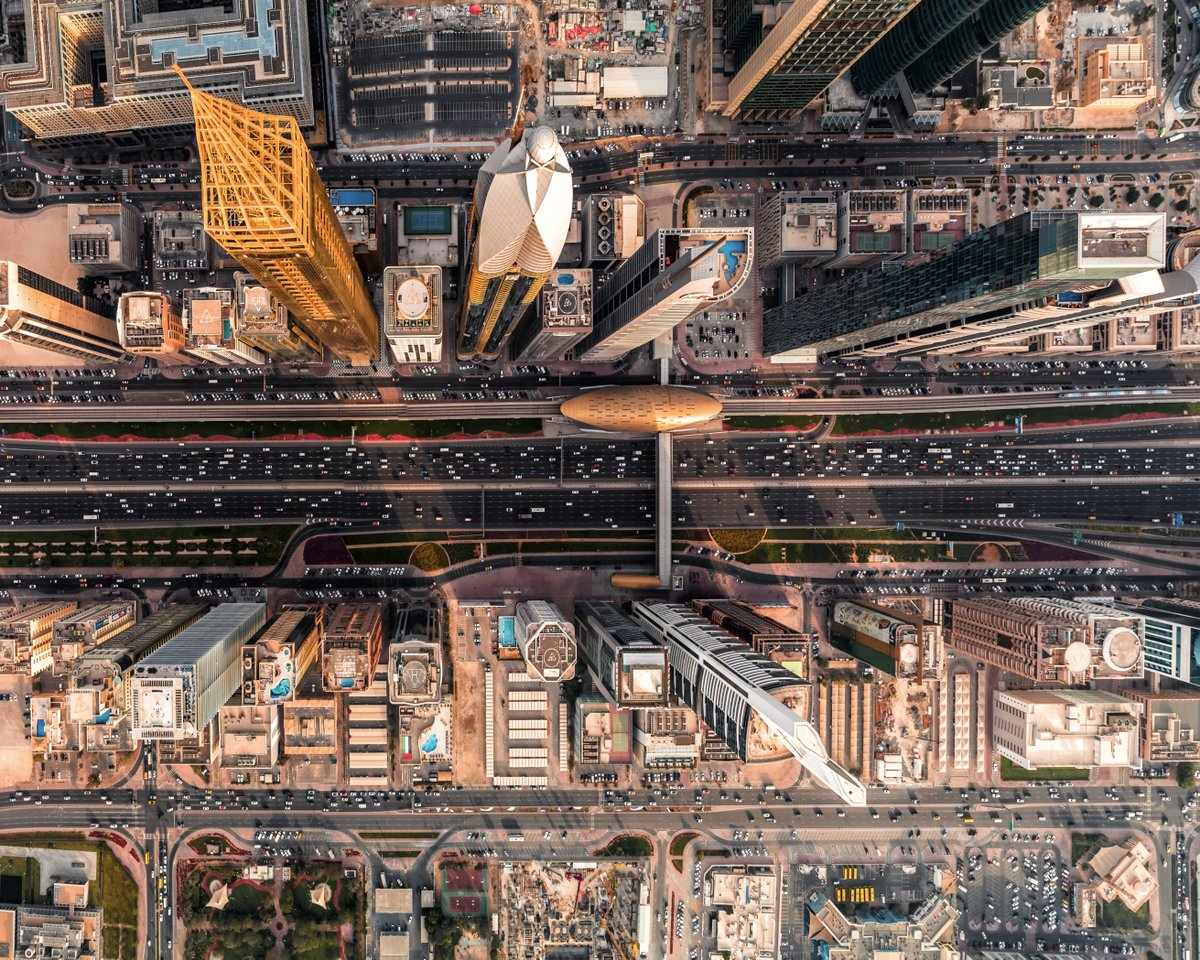The way forward for GCC’s sustainable construction space
- Date: 27-Jun-2020
- Source: Gulf Business
- Sector:Real Estate
- Country:user-top-picks
The way forward for GCC’s sustainable construction space
The world's urban population has grown substantially - from 751 million in 1950 to 4.2 billion in 2018 - with expectations that it will rise further. The United Nations has projected that by 2050, 68 per cent of the world's population will be living in urban areas. However, this trend toward urbanisation has brought to the
fore the challenge of sustainability, even as nations look to mitigate the threat of climate change.
In such a scenario, building sustainable cities is key to supporting growing demand while offsetting the negative environmental effects associated with traditional construction. Integrated policies for sustainable development are warranted to better the lives of urban and rural dwellers, simultaneously paving the way for environmental and socio-economic good.
In recent times, GCC countries have taken several measures to adopt innovation and green practices in the construction space. The UAE and Saudi Arabia have a total of 242 and 52 LEED-certified projects respectively, the likes of which offer 30-40 per cent savings in water and energy, a report by HSBC in collaboration with Ernst & Young revealed. These buildings can be leased at a rate that is up to 20 per cent higher than the average, the report stated.
ENABLERS
The enablers that help foster the green building sector can be broadly classified into three



